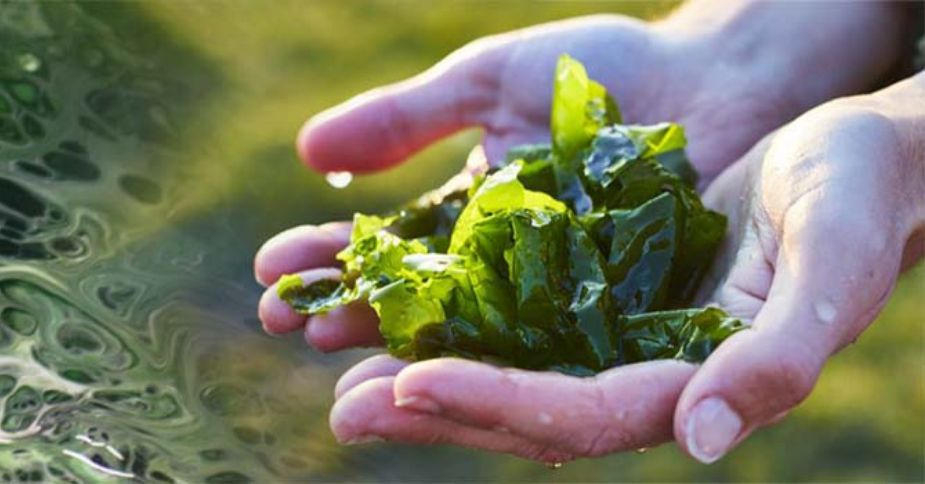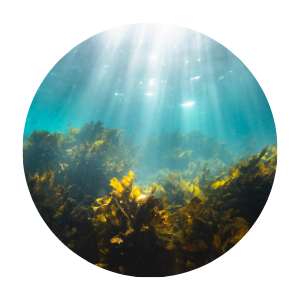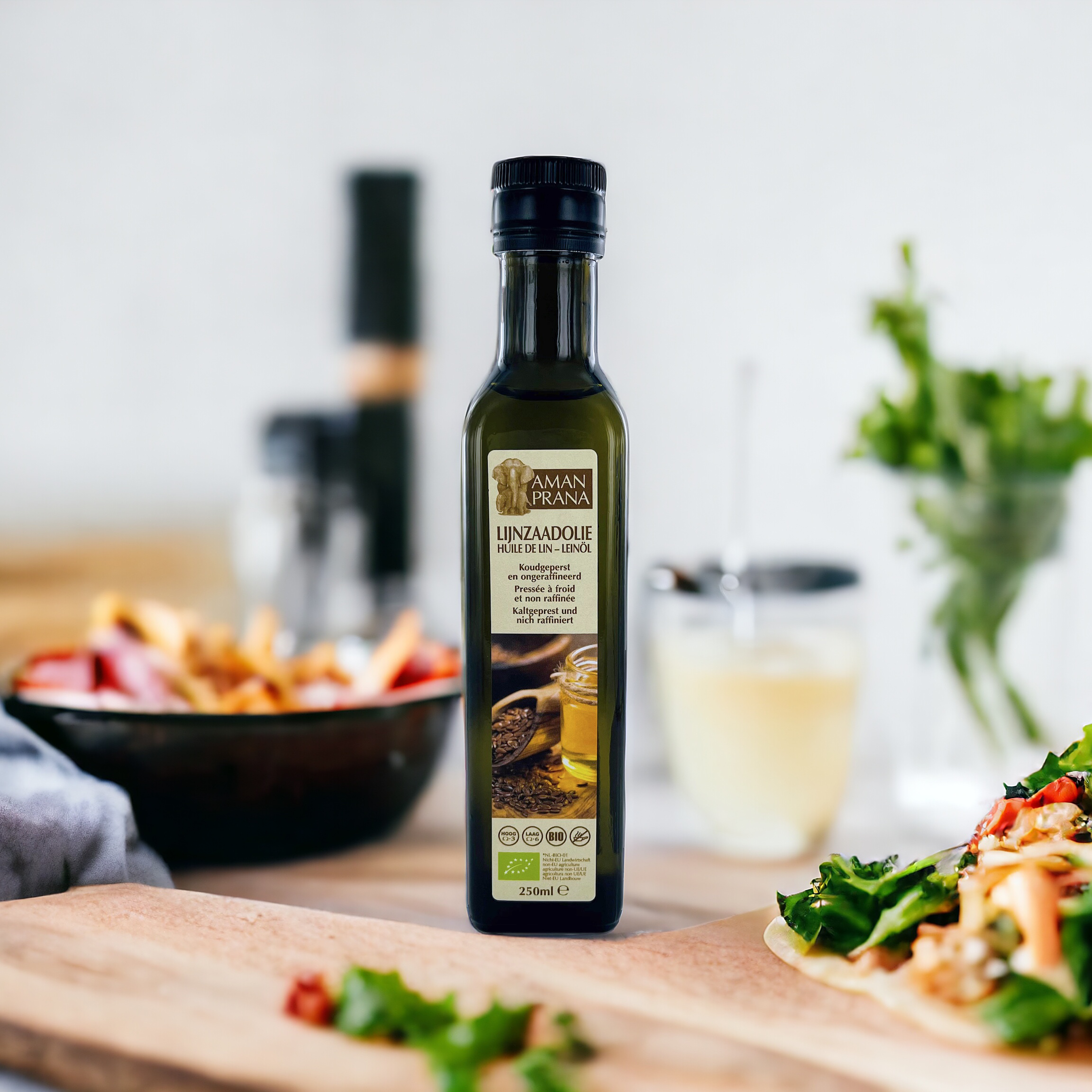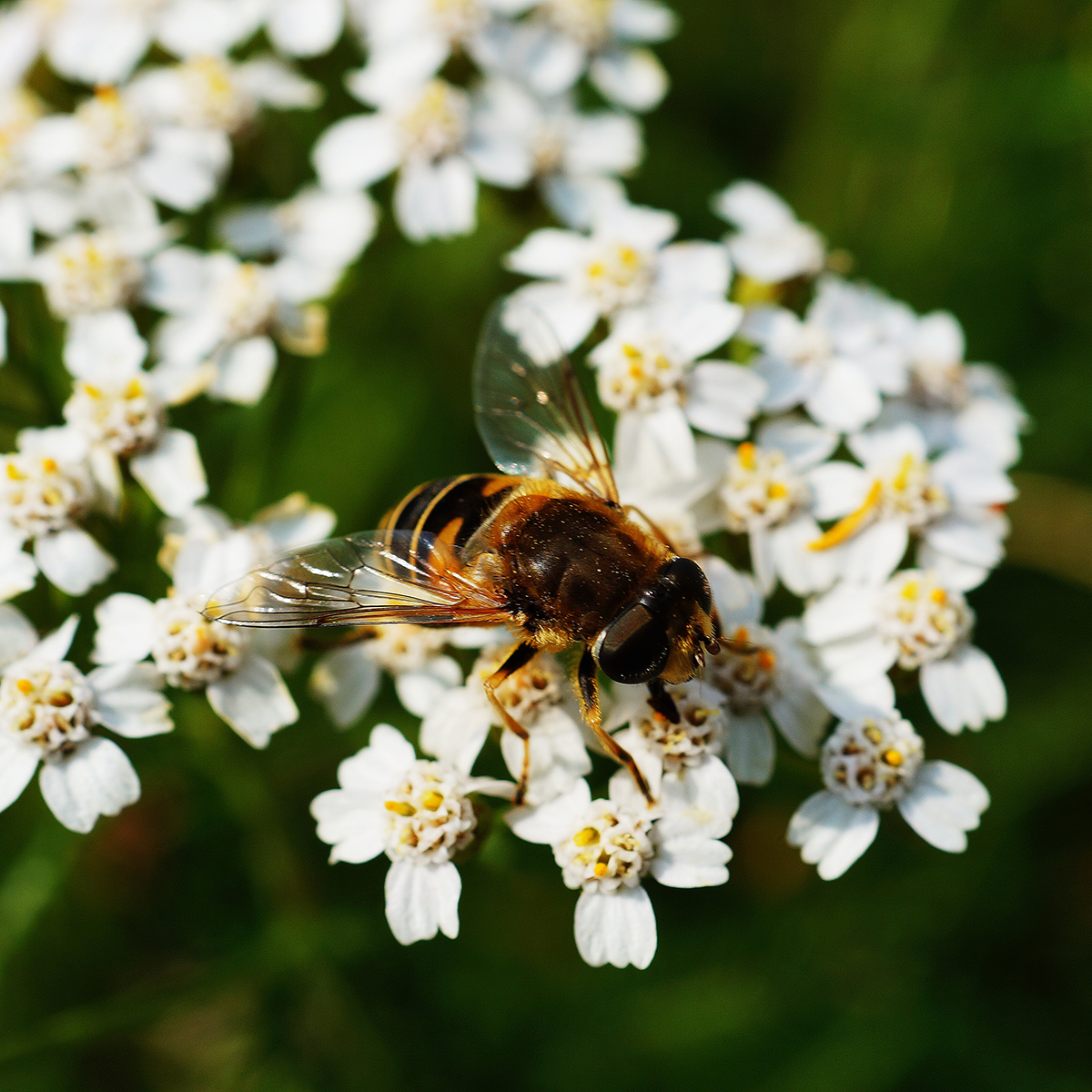
It comes from the sea, grows on sunlight, is not an animal or plant and super healthy... Seaweed. Seaweeds are macro-algae, which fall under the microorganisms. In Korea and Japan, this sea vegetable is impossible to imagine cooking without. Logically, because seaweed contains many valuable nutrients, is rich in umami flavor, very versatile in use and very tasty, provided you know how to use it. Discover these salty sea treasures NOW!
There are more than 10,000 different seaweeds
We list a few edible species:
✔ Sea lettuce: green seaweed that grows all over the world. Recognized by its thin, transparent and bright green leaves.
✔ Kombu: this savory seaweed is the seasoning for a Japanese broth. Also for stir-frying or for tea.
✔ Nori: a combination of different red seaweeds, which are sold in sheets and used for e.g. sushi
✔ Sea spaghetti: strands grow up to three feet long.Use as spaghetti or noodles.
✔ Wakame: most sweet (brown) seaweed. Tastes good in salad, soup and rice dish.
✔ Codium/felt seaweed: a sturdy green seaweed with tubular branches, with a full and intense sea taste.

1. Seaweed is being called the meat substitute of the future
Seaweed is rich in protein, iron, iodine and essential amino acids and is therefore called the meat substitute of the future. Still wedded to the taste of meat? Just heat a little dried wakame or dulse (a red alga) in some oil. What you get is a taste explosion. The bacon-like taste of dulse combines perfectly with sweet potato, for example. Worth a try!
2. Weeds are very versatile in use
Seaweed is also used as medicine, animal feed, in cosmetics, dye, thickener and even as a raw material for biofuels and energy generation. Cooking with seaweed takes some getting used to: it is umami, the fifth taste sensation besides salt, sour, sweet and bitter. Start simple and remember: salty seaweed mates well with sweet vegetables, such as carrot, onion, bell bell pepper and corn. Do you like the savory taste of seaweed? Then combine it with other umami ingredients, like tomato, shiitake and soy sauce. Or try seaweed as a snack, such as nori chips.
3. Very high in nutritional values, low in calories
Seaweed contains thirteen vitamins, twenty amino acids and sixty trace elements, including the essential elements iodine and sodium. Special saccharides in the form of glyconutrients and complex sugars, phytohormones and sterols are also found in seaweed. Even better news is that seaweed contains almost no calories and extremely little fat, and is also a source of high-quality protein and calcium.

To supply the entire world's population with protein, some 360 thousand km2 of sea surface covered with seaweed is needed. This is easily possible, since the Pacific Ocean alone is over 155 million km2. Seaweeds are invaluable. They are at the base of the food chain and produce half of the oxygen on earth.
4. Valuable fatty acids EPA and DHA
Seaweed and algae contain the valuable fatty acids EPA and DHA. These fatty acids are also known as fish fats because fish are their main source. Nevertheless, most fish do not make these fats themselves, but get them by eating algae. So for vegetarians and vegans, algae and seaweed are a good plant-based source of these essential fats.
5. Seaweeds convert CO2 into oxygen
To grow seaweed, only sunlight and sea are needed. There is no need to use scarce agricultural land or fresh water. Seaweed grows very quickly, is very flexible and resilient and gets everything it needs from the water in its environment. It performs the same role under water as the rainforests above water: it converts CO2 into oxygen. Seaweed also has a bio-filter effect: it purifies pollution from the water.

6. Seaweed: an excellent source of iodine
All seaweeds are an excellent source of iodine. Wakame, dulse, nori and sea spaghetti contain on average about 50 micrograms per gram of dried seaweed. Iodine is a trace element that is important for the production of thyroid hormones. The thyroid gland is responsible for your metabolism, among other things, and needs enough iodine to function properly.
7. Organic seaweeds from La Patrona, quick and easy at home
Spain's Cristina García founded La Patrona in mid-2018, a company that grows organic seaweeds in the Rías Baixas, a coastal region in southern Galicia. The algae are carefully cut, leaving the rhizoid (root) behind so that they can continue to grow. The seaweed population is always left partially intact. The products are packed in compostable packaging and dried below 40°C. The range consists of: Kombu, Wakame, Sea Lettuce, Sea Spaghetti, 3 Algae mix, Codium and Alganesa ( = seaweed mayonnaise).










The information below is required for social login
Sign In
Create New Account